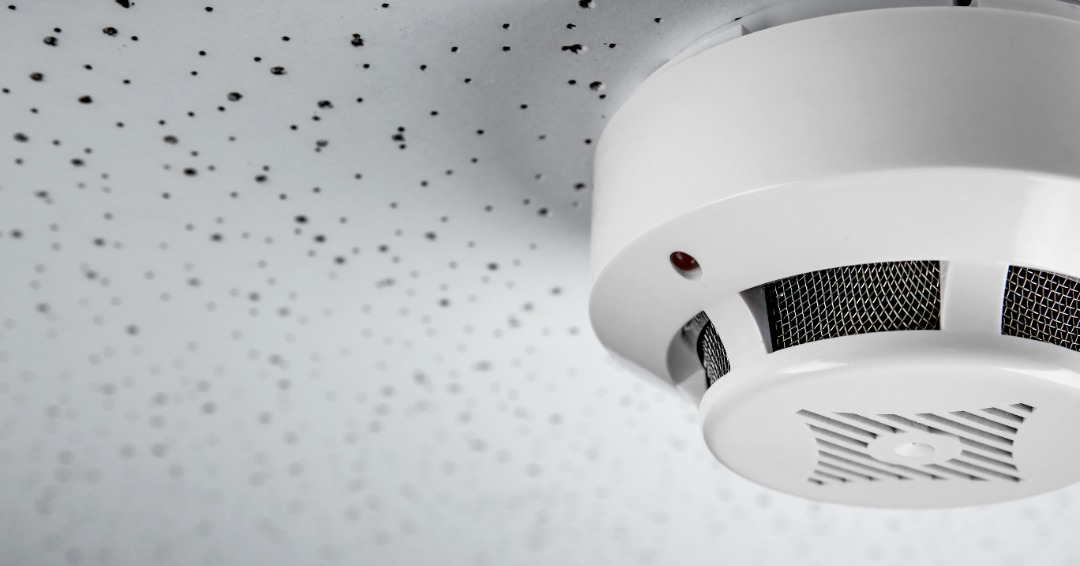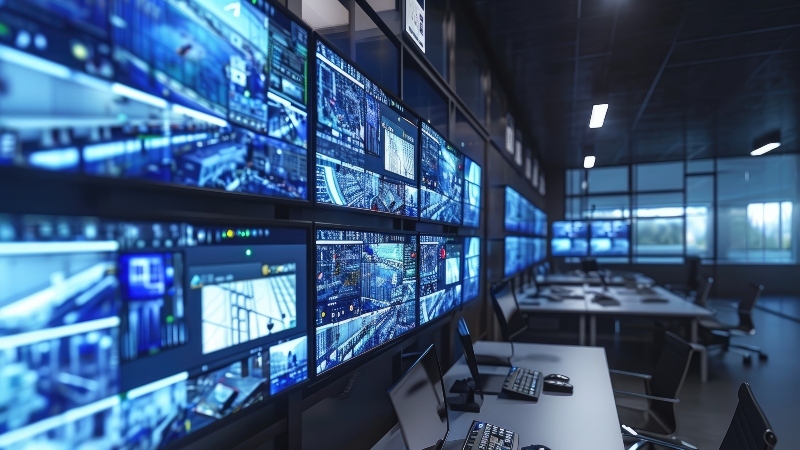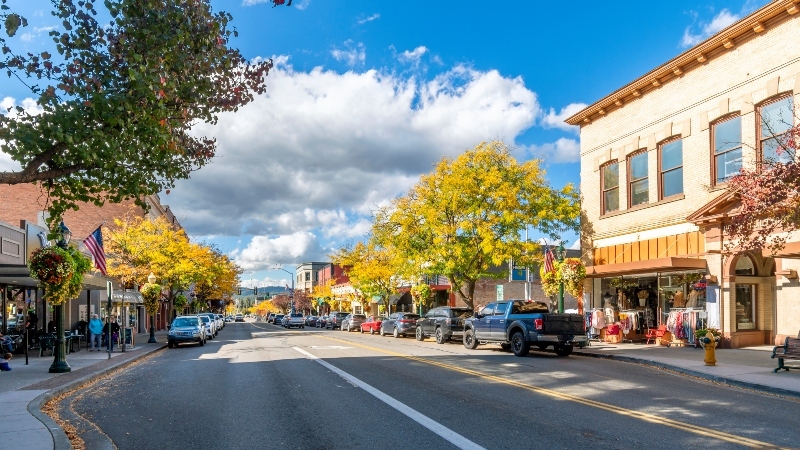Making the Switch: Vendor Transition Guide
Switching fire and security vendors feels risky. Even if your current provider isn't meeting your needs, the thought of transitioning systems and...
 |
Fire protection professionals committed to safeguarding lives, property, and peace of mind. |
 |
Solutions designed for your property type, from multi-family housing to healthcare facilities to retail spaces. |

|
Fire alarm, area of refuge, camera, and card access monitoring services. |
 |
Clear communication and instant response when every second counts. |
 |
From kitchens to server rooms, the right protection for every space. |
 |
Keep your primary defense system ready and reliable. |

|
Manage all your properties' access from one simple platform. |
 |
Monitor multiple properties in real time from anywhere, at any time. |

|
Document upcoming maintenance appointments and improve your proactive budget planning. |
 |
Fire Extinguisher Maintenance Checklist Learn the requirements for testing extinguishers monthly, annually, and beyond. |

|
Track all your inspection deadlines in one place. |
 |
Kitchen Hood Inspection Checklist Ensure your kitchen hoods are safe and compliant. Download a complete list of testing requirements. |

|
Guide to Fire & Security Monitoring Your complete property protection handbook in practical terms. |

|
Running a food truck takes work—this guide gives you the tools to keep it safe and up to code. |
 |
Comprehensive Guide to NFPA 13 and NFPA 25 Fire Sprinkler Systems Navigate sprinkler system requirements with confidence using our straightforward guide to codes and maintenance. |

|
Get your essential compliance guide. |
 |
When reliability matters across 18 restaurants, micromanagement doesn't. |
3 min read
Brothers Fire & Security : August 24, 2022

If you’re responsible for multi-unit housing or any large building that has a fire alarm or security alarm system, you need to know how to plan for inspections and incorporate the expected costs into your annual budget. Here is some help on how to do that.
Let’s start on the fire side. Fire alarms and fire systems need annual tests and inspections. This includes inspecting the sprinklers, piping, valve assemblies, fire pump, standpipe, extinguishers, and emergency lights. Here is more detail on the specific inspections required for each part of your fire system and all the devices connected to the fire alarm panel.
Dry Pipe
If you have a dry pipe sprinkler system that doesn’t fill with water until a fire happens, and then the water flows to the sprinkler heads, you need to have that tested every 3 years. The purpose of this is to test a full trip of the system, making sure water can reach the sprinklers within 30 seconds. The system must also be filled with water and let sit for two hours to test the system’s integrity.
Standpipe
Standpipes that a hose can be connected to in case of a fire are supposed to be inspected every 5 years. The test requires achieving 200 psi of pressure for two hours.
Sprinklers
An internal inspection, which includes opening a flushing connection on one end of the main and removing a sprinkler head near the end of a branch line, is to be done every 5 years. The sprinkler heads themselves require additional inspections less frequently (the timing depends on the type of system you have).
Kitchen Hoods
Restaurants or other facilities with kitchen hoods that have fire suppression systems must be inspected every six months. It’s a best practice to have the owner visually inspect a kitchen hood monthly as well. You’re looking for grease, damaged extinguishing lines, damaged nozzle caps, or anything out of the ordinary. A little preventive maintenance and regular inspections will make your building safer and could save you significant money (an uncontained fire in a restaurant can do tens of thousands of dollars worth of damage very quickly).
Fire Extinguishers
Fire extinguishers need to be visually inspected on a monthly basis. Check to make sure it’s there, it isn’t damaged, it’s fully charged and operational. A professional fire protection company must do a maintenance inspection every year. An internal maintenance inspection (along with recharging the extinguisher) must be completed every 6 years for any extinguisher, whether it’s water, carbon dioxide, wet chemical, or any other extinguisher, and a hydrostatic test must be conducted every 12 years for any extinguisher.
This may feel like a lot to keep track of. Brothers Fire & Security created a handy and simple inspection scheduling form you can use to make it easier. We help customers fill out the form and, to make it even easier, we also keep track of when our customers need to have their required inspections done. We call a month ahead, and schedule for when it's convenient and bundle multiple services, thus interruption is minimal.
Here are some other ways to take the stress and worry out of planning and budgeting for inspections.
It's always best to plan for obtalesence. Figure out what a new fire or alarm system will cost and put a little money into an account each month. That way, when you have to spend it on either a repair, maintenance, or a replacement system, the money will already be there. A good rule of thumb is to start to save 1% of the cost of a system each month (and up to 5% if the system is already pretty old).
If you operate multi-unit housing, designating a Life Safety Month is a good idea to get all of your inspections done. Let residents know that your life safety vendor will be on site and why the alarms will be going off. Alert people ahead of time and let them practice their exit plans.
Consider consolidating to just one vendor if you have separate companies monitoring your fire and security systems. This can save you money and cut down on the number of inspectors visiting your property each year.
If you want to have a conversation about how to consolidate your monitoring needs, please contact us, and we’d be happy to help you.

Switching fire and security vendors feels risky. Even if your current provider isn't meeting your needs, the thought of transitioning systems and...

Your fire alarm shows a trouble signal. Last week's sprinkler inspection never happened, and despite three calls and multiple messages, your vendor...

Winter weather and holiday demands can make managing multi-location security a nightmare. Fall is your best window to upgrade security systems,...